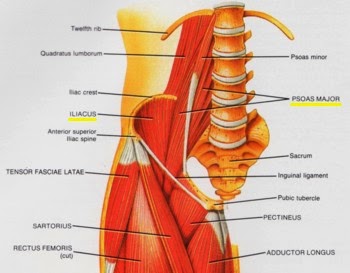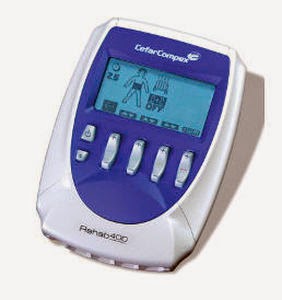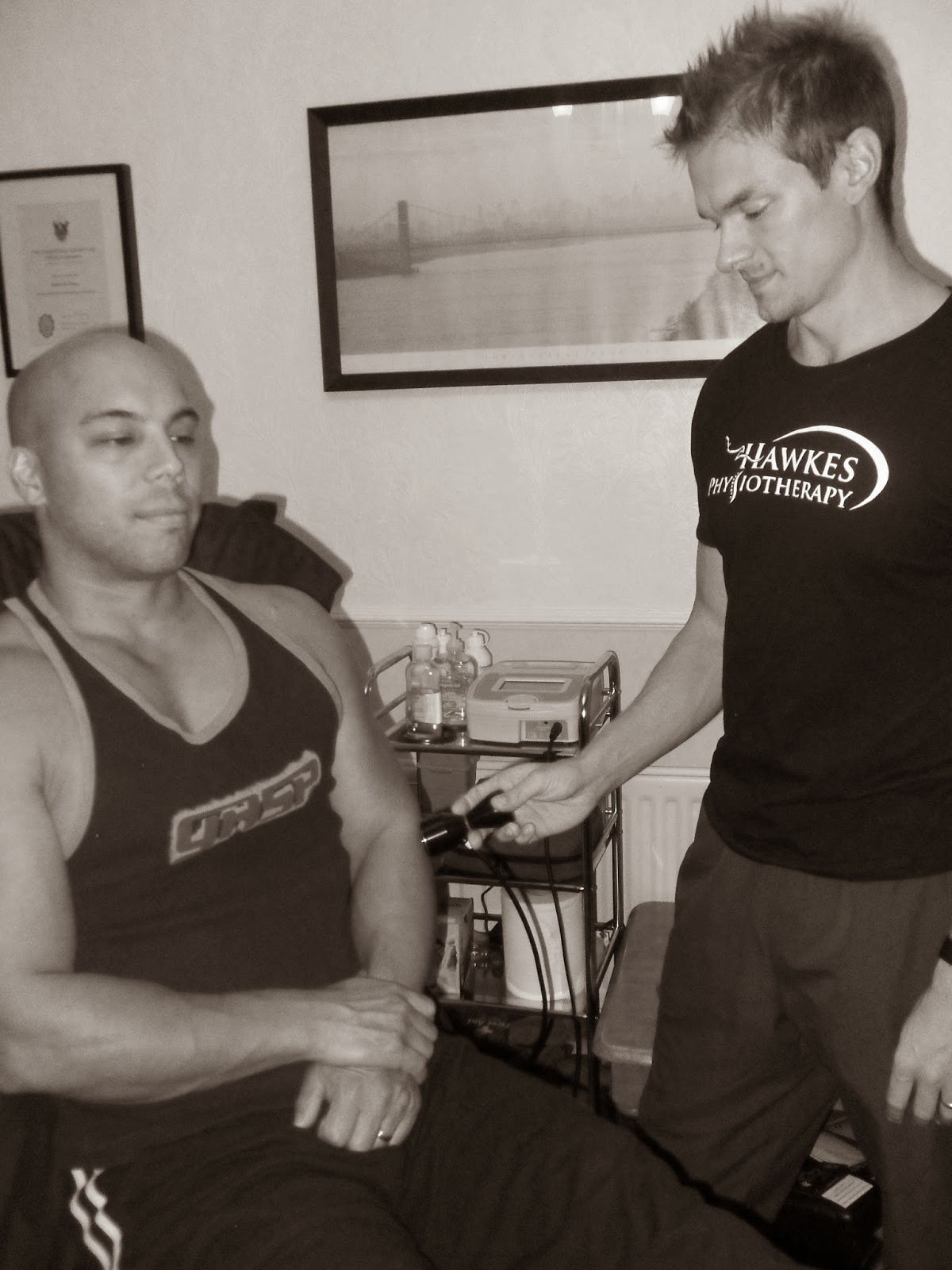Iliopsoas Syndrome:

Basically Iliopsoas syndrome is a collection of conditions relating to the area, which is down to overuse of the Iliopsoas muscle, weakness, disuse, shortening and/or tightness of the Iliopsoas. These issues can give rise to bursitis, tendinopathy, vascular issues and back pain. Firstly you need to know a little about the anatomy of the area. If you take a look at “The case of the clicky hip (AKA: Snapping hip syndrome)” article this will give you a rundown of the anatomy of the hip: http://mathewhawkesphysiotherapy.blogspot.co.uk/2014/04/the-case-of-clicky-hip-aka-snapping-hip.html What causes Iliopsoas Syndrome? It is often caused by repetitive hip flexion in a sport that demands this movement frequently. The excessive use basically causes chronically shortened hip flexors: Iliopsoas syndrome is the result of repetitive active hip flexion in abduction (Laible et al 2013). Other factors include: Performing speed/track work without proper ra

